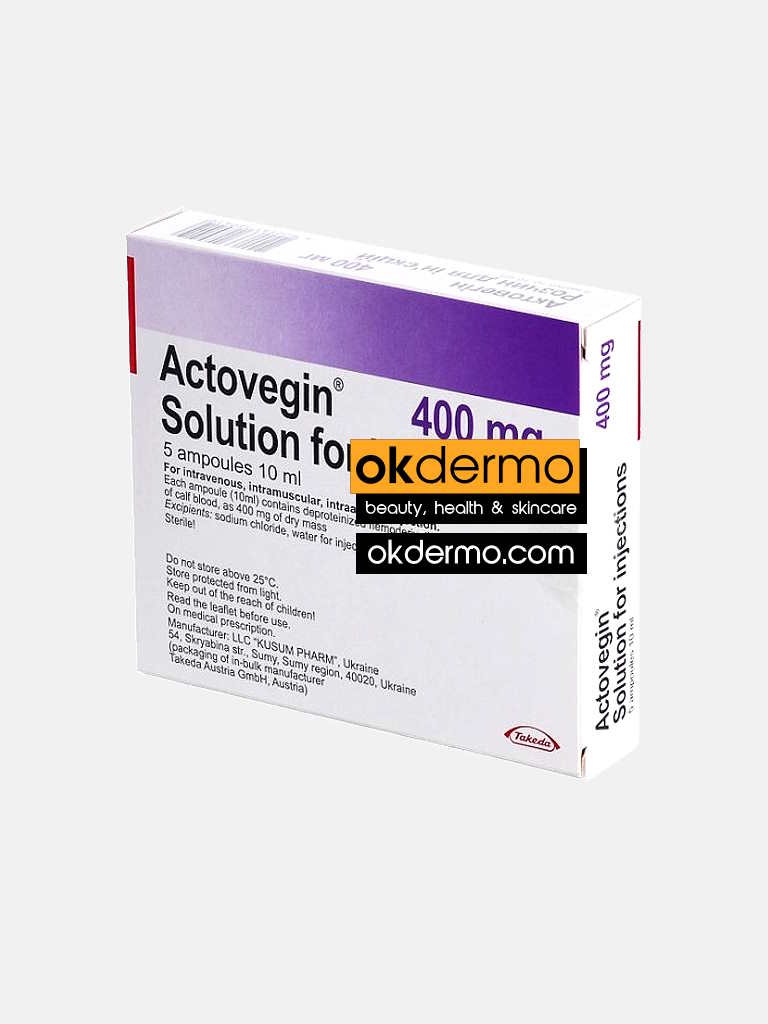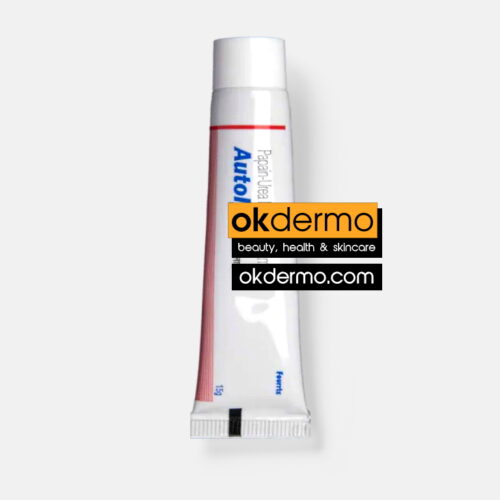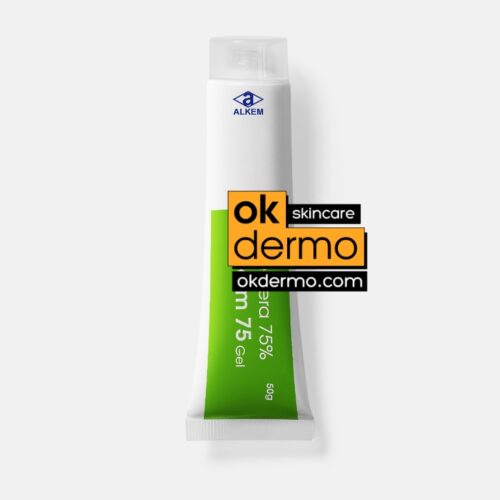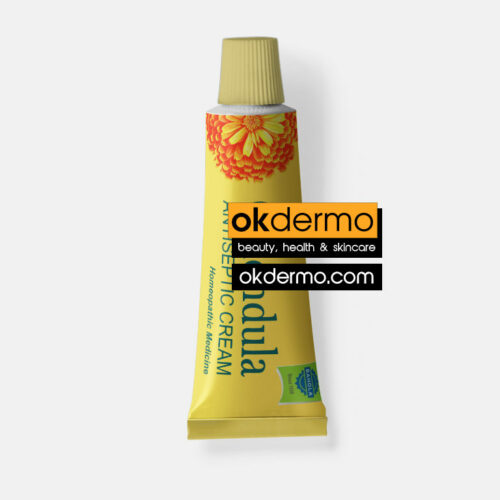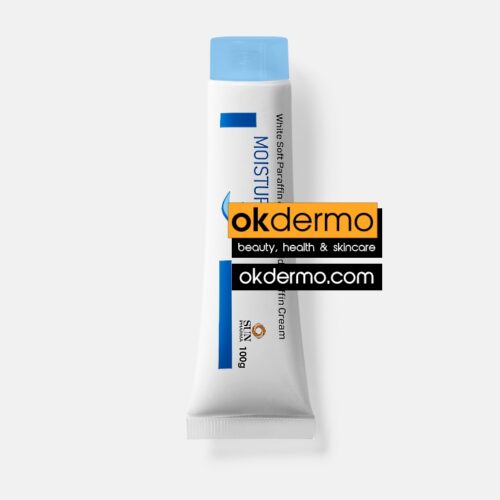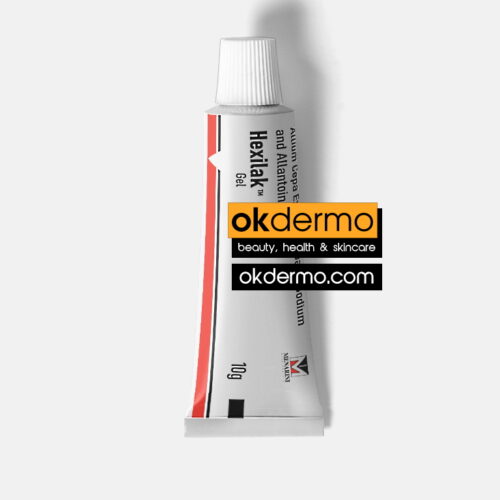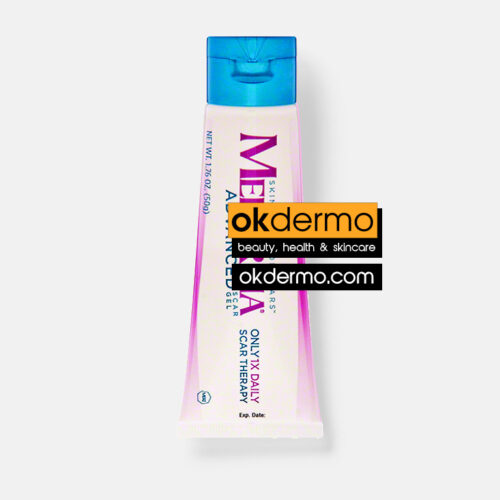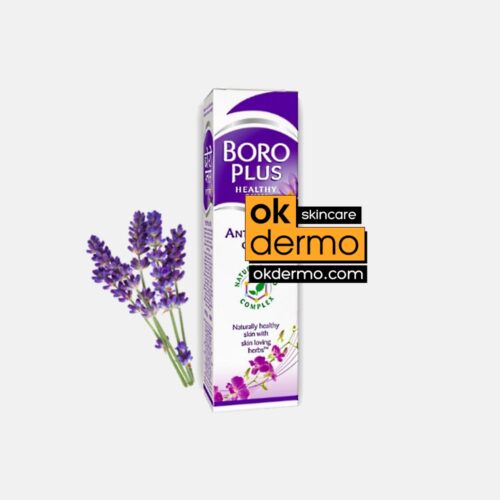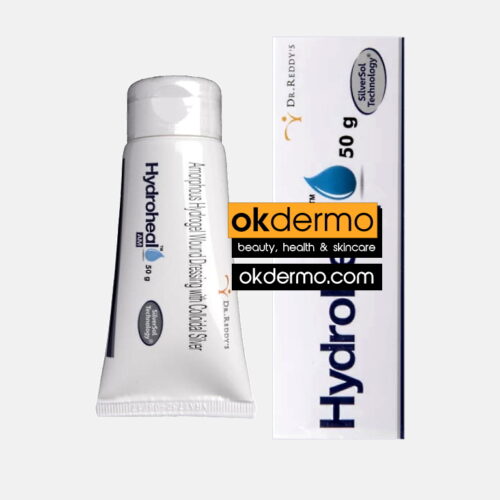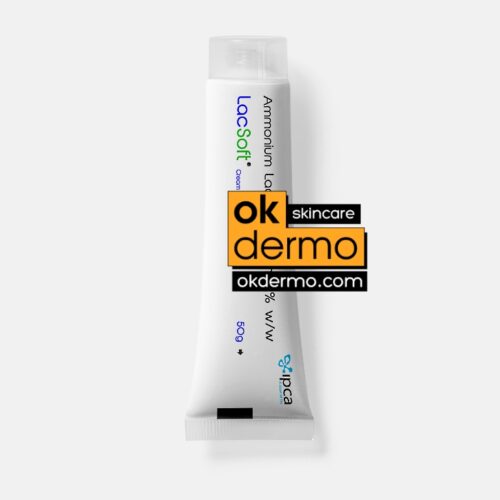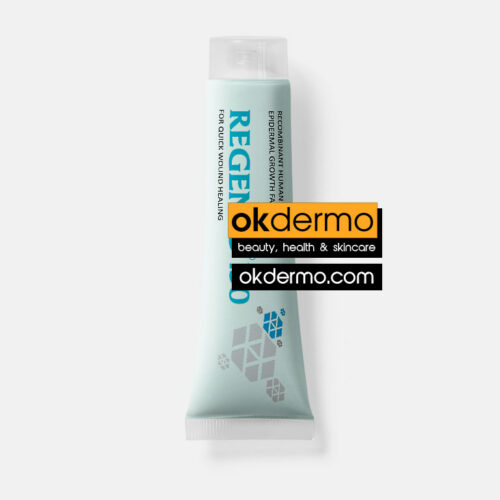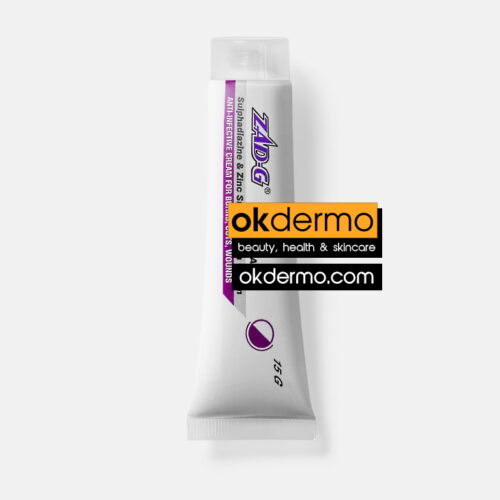Description
What is Actovegin®?
Actovegin is a highly filtered extract obtained from calf blood that enhances aerobic oxidation in mammals. This improves the absorption of glucose and oxygen uptake in tissue, which may enhance physical performance and stamina. Injecting it into the blood track is not allowed. Local utilization is allowed in countries like Canada and Sweden. Doctors like Hans-Wilhelm Müller-Wohlfahrt and Richard Steadman think Actovegin should be allowed in general. Others think there is not enough research, and persons from the World Anti-Doping Agency like Olivier Rabin is skeptical that it is having more than a placebo effect.
According to Gulevsky, et al., Actovegin “is highly purified hemodialysate extracted from vealer blood by ultrafiltration.” Actovegin has been shown to improve the transport of glucose over a plasma membrane and the uptake of oxygen by tissues. This can lead to aerobic oxidation, which provides a cell with access to more energy and potentially enhances its function. Actovegin has large amounts of superoxide dismutase enzymes and magnesium.
Actovegin® is a biological drug manufactured from a natural source: it is a calf blood hemodialysate. Its therapeutic benefits stem from a variety of pharmacodynamic actions that can be summarized to a common goal, i.e. the enhancement of cellular metabolism; this results from an insulin-like activity mediated by Inositol-phospho-oligosaccharides. Actovegin® results in beneficial effects in several pathophysiological clinical settings including malfunction of the blood circulation and trophic disturbances in the brain, impairment of peripheral blood circulation and associated diseases, dermal transplants, and acute and chronic wounds. Here, we give an overview of the pharmacodynamic actions of calf-blood hemidialysate and its beneficial effects in a variety of clinical settings.
Contraindications: Pulmonary edema; oliguria; anuria; fluid retention; decompensated heart failure (solution for infusions); hypersensitivity to the drug.
The Benefits of Actovegin
Actovegin is a medication that is derived from the calf’s blood. It is used to treat a variety of conditions, including wounds and ulcers. It is also used to improve blood circulation and to treat conditions associated with poor blood circulation, such as Raynaud’s disease. Actovegin has a number of potential benefits, including the following:
- Wound Healing – Actovegin has been shown to promote wound healing. In one study, Actovegin was applied to the wounds of people who had undergone surgery. The results showed that Actovegin accelerated wound healing and reduced the amount of time it took for the wounds to heal.
- Ulcer Treatment – Actovegin has also been shown to be effective in the treatment of ulcers. In one study, Actovegin was applied to ulcers of people with diabetes. The results showed that Actovegin improved ulcer healing and reduced the size of the ulcers.
- Improved Blood Circulation – Actovegin has been shown to improve blood circulation. In one study, Actovegin was given to people with Raynaud’s disease. The results showed that Actovegin improved blood circulation and reduced the symptoms of Raynaud’s disease.
- Brain Function – Actovegin has also been shown to improve brain function. In one study, Actovegin was given to people with dementia. The results showed that those who took Actovegin had improved brain function and were able to think more clearly. Actovegin is also being studied as a treatment for Alzheimer’s disease.
Many professional athletes are familiar with Actovegin. We are dealing with a substance that is believed to speed up recovery from injuries and improve performance. Currently, there are reports in social networks that the days of Actovegin as a drug-free drug may be numbered.
Thus, researchers from the University of Copenhagen proved the effect of increasing productivity during the study of this medicine.
Actovegin is an antihypoxant that has three types of effects: metabolic, neuroprotective, and microcirculatory.
Actovegin increases the absorption and utilization of oxygen; the phospho-oligosaccharides included in the preparation of inositol have a positive effect on the transport and utilization of glucose, which leads to an improvement in the energy metabolism of cells and a decrease in the formation of lactate in conditions of ischemia.
The positive effects of the drug Actovegin, affecting the processes of microcirculation and the endothelium, are an increase in the rate of capillary blood flow, a decrease in the pericapillary zone, a decrease in the myogenic tone of precapillary arterioles and capillary sphincters, a decrease in the degree of arteriovenular shunting blood flow with predominant blood circulation in the capillary bed and stimulation of the function of endothelial oxide synthase nitrogen, affecting the microvasculature.
In the course of various studies, it was found that the effect of the drug Actovegin occurs no later than 30 minutes after its use. The maximum effect is observed 3 hours after parenteral and 2-6 hours after oral administration.
Recommendations for use in sports:
- Acceleration of recovery processes after loads aimed at developing endurance.
- Prevention and treatment of dystrophic variant of chronic physical overstrain of the cardiovascular system (especially when training in mid-altitude conditions).
- Maintaining a high level of performance in conditions of high-altitude ascents.
- Achillodynia and muscle tears.
- Traumatic brain injury.
- Boxer cerebral insufficiency syndrome.
- Frostbite in representatives of winter sports.
- Increase in body weight.
- Prevention and treatment of sports pseudo nephropathy.
Actovegin for athletes:
Actovegin has a number of very useful properties:
- Stimulates regeneration processes;
- Promotes the healing of almost any wounds and injuries, both on the skin and on the mucous membranes of various organs;
- Significantly improves the transport of glucose and oxygen into cells;
- Helps to increase the energy resources of cells and reduce hypoxia;
- Activates metabolic processes.
Actovegin is better known to athletes under its other name – Meldonium. So, at the end of 2000, this drug was added to the doping list, but very soon it was excluded from it since its doping effect was never proven.
How to use Actovegin® Vials / Tablets
Doses and route of administration depend on the indications and the severity of the disease.
The solution for injection is administered orally in tablet form, intramuscularly, intravenously, or intraarterially via injections. Depending on the severity of the course of the disease, 10-20 ml of the injection solution is initially injected intravenously or intraarterially, and a further 5 ml is administered intravenously (slowly) or intramuscularly daily or several times a week.
In circulatory disorders and metabolism of the brain, initially, 10 ml is administered intravenously daily for 2 weeks, followed by 5-10 ml intravenous administration several times a week for 4 weeks.
In ischemic stroke, 20-50 ml is diluted in 200-300 ml of infusion solution and administered intravenously daily or several times a week for 2-3 weeks.
In arterial angiopathy, 20-50 ml are diluted in an infusion solution and injected intraarterially or intravenously daily or several times a week. The average duration of treatment is 4 weeks.
For trophic and other sluggish ulcers, and burns, 10 ml are injected intravenously or 5 ml intramuscularly daily or several times a day, depending on the severity of the lesion, as a supplement to local therapy with Actovegin.
In order to prevent and treat radiation lesions of the skin and mucous membranes, an average of 5 ml is administered intravenously daily in the intervals between radiation exposure.
Actovegin 40 mg/ml is administered transurethrally in the form of an injection solution with an active substance content of 400 mg / 10 ml for cystitis due to radiation, 10 ml daily in combination with antibacterial therapy.
Solution for infusion of 20% in sodium chloride solution, solution for infusion of 10% in sodium chloride solution, and solution for infusion of 10% in dextrose solution is administered intravenously by drop infusion or intraarterially by bolus injection.
In case of disorders of the blood supply and metabolism of the brain, 250–500 ml/day intravenous injection is first administered for 2 weeks, then 250 ml intravenously several times a week for at least 4 weeks.
In ischemic stroke, 250-500 ml is administered intravenously daily or several times a week for about 2-3 weeks.
In arterial angiopathy, 250 ml is administered intraarterially and intravenously daily or several times a week; the duration of therapy is about 4 weeks.
For trophic and other slow-shedding ulcers, and burns, 250 ml is administered intravenously daily or several times a week, depending on the healing, in addition to Actovegin therapy for external use.
In order to prevent and treat radiation lesions of the skin and mucous membranes, an average of 250 ml is administered intravenously one day before the start and every day during radiation therapy, as well as within 2 weeks after its termination.
It is recommended to inject no more than 5 ml intramuscularly. Actovegin solutions for injections are compatible with isotonic sodium chloride solution and 5% dextrose solution (base solutions). For the infusion, 10-50 ml of the solution for injection is diluted in 200-300 ml of the base solution. The infusion rate is about 2 ml per minute.
What is Actovegin® Tablet?
Pharmacodynamic Properties: Actovegin tablets are antihypoxant having three types of effects: metabolic, neuroprotective, and microcirculatory. Actovegin increases the uptake and utilization of oxygen; inositol phospho-oligosaccharides contained in the drug have a positive effect on glucose transport and utilization, which leads to an improvement in the energy metabolism of cells and a decrease in the formation of lactate in the presence of ischemia.
There are several ways under consideration to implement the neuroprotective mechanism of the drug.
Actovegin prevents the development of apoptosis induced by beta-amyloid peptide (AP25-35). Actovegin modulates the activity of the nuclear factor Kappa B (NF-kB), which plays an important role in the regulation of apoptosis and inflammation in the central and peripheral nervous systems.
Another mechanism of action is associated with a nuclear enzyme Poly-(ADP-ribose)-polymerase (PARP). PARP plays an important role in identifying damages and repairing single-stranded DNA, but over-activation of the enzyme can trigger cell death processes in such conditions as cerebrovascular diseases and diabetic polyneuropathy. Actovegin inhibits PARP activity, resulting in a functional and morphological improvement of the central and peripheral nervous systems.
Positive effects of Actovegin, affecting microcirculation and endothelium, are an increase in capillary blood flow rate, a decrease in the pericapillary space, a decrease in the myogenic tone of precapillary arterioles and capillary sphincters, reduction of the degree of arteri-venous shunt blood flow with preferential blood circulation in the capillary bed and stimulation of the function of endothelial synthase nitric oxide, affecting the microvasculature.
Various studies have found that the effect of Actovegin occurs no later than 30 minutes after its administration. The maximum effect is noted 3 hours after parenteral and 2-6 hours after oral administration.
Pharmacokinetic Properties: Using pharmacokinetic methods, it is not possible to study the pharmacokinetic parameters of Actovegin, since it consists only of physiologically active components that are usually present in the body.
Indications: As part of comprehensive treatment:
- Symptomatic treatment of cognitive impairment, including post-stroke cognitive impairment and dementia.
- Symptomatic treatment of peripheral circulatory disorders and their consequences.
- Symptomatic treatment of diabetic polyneuropathy (DPN).
Contraindications:
- Hypersensitivity to Actovegin tablets and similar drugs or excipients.
- Fructose intolerance, glucose-galactose malabsorption, or sucrase-isomaltase deficiency.
- Age under 18 years.
Use with Caution: Actovegin tablets should be used only in cases where the potential benefit to the mother outweighs any potential risk to the fetus or the child.
Dosage and Administration: Ingestion, swallowing whole, before food, washing down with a small amount of liquid.
Post-stroke cognitive impairment: In the acute period of ischemic stroke, starting from days 5-7, 2000 mg per day intravenously by drop infusion up to 20 infusions with switching to a tablet form – 2 tablets 3 times a day (1200 mg daily). The total duration of treatment is 6 months.
Dementia: 2 tablets 3 times a day (1200 mg daily). The total duration of treatment is 20 weeks.
Peripheral circulatory disorders and their consequences: 1-2 tablets 3 times a day (600 – 1200 mg daily). The duration of treatment is 4 to 6 weeks.
Diabetic polyneuropathy: 2000 mg per day intravenously by drop infusion (20 infusions) switching to a tablet form – 3 tablets 3 times a day (1800 mg daily), duration is 4 to 5 months.
Adverse Reactions: The frequency of side effects has been determined in accordance with the classification of the Council for International Organizations of Medical Sciences (CIOMS): very often (≥ 1/10); often (≥ 1/100 to <1/10); infrequently (≥ 1/1000 to <1/100); rarely (≥ 1/10000 to <1/1000); very rarely (<1/10000); unknown (cannot be estimated according to the available data).
Immune disorders. Rarely: allergic reactions (drug fever, shock symptoms).
Skin and subcutaneous tissue disorders. Rarely: urticaria, flush.
Overdose: According to preclinical studies, Actovegin does not exhibit toxic effects even when the dose is exceeded by 30–40 times compared to the doses recommended for use in humans. There have been no cases of overdose with Actovegin.
Clinical data. In a multicenter, randomized, double-blind, placebo-controlled study ARTEMIDE (NCT01582854) aimed to study the therapeutic effect of Actovegin on cognitive impairment in 503 patients with ischemic stroke, the overall incidence of serious adverse events and death was the same in both treatment groups. Although the frequency of recurrent ischemic strokes was as expected in this patient population, a greater number of cases have been recorded in the group that took Actovegin compared with the placebo group, but this difference was not statistically significant.
Dosage Form: 200 mg coated tablets, 50 tablets in a tamper-evident bottle of dark glass with a screw neck, corked by aluminum caps.
1 bottle with the patient information leaflet is placed in a cardboard pack. Transparent protective tamper-evident round stickers with holographic inscriptions are glued onto the pack.
Manufactured and/or packaged at Takeda Pharmaceuticals (Japan): 50 tablets in a tamper-evident bottle of dark glass with a screw neck, corked by aluminum caps. 1 bottle with the patient information leaflet is placed in a cardboard pack. Transparent protective tamper-evident round stickers with holographic inscriptions are glued onto the pack.
Shelf Life: 3 years. Do not use it after the expiration date.
Storage: Store in a dark place at a temperature not exceeding 25 °C. Keep out of the reach of children!
What is Solcoseryl Topical Gel?
Solcoseryl gel is a drug that belongs to the group of biogenic stimulants and activators of metabolism in tissues. Due to the special composition, the restoration of damaged tissues is stimulated, and the healing of wounds and other injuries is accelerated.
Solcoseryl jelly (gel) is used primarily for the treatment of dry (non-weeping) wounds.
- Minor damage (abrasions, scratches, cuts);
- Burns of 1 and 2 degrees (sunburns, thermal burns);
- Frostbite
- Difficult to heal wounds
Solcoseryl is a deproteinized hemoderivative from the blood of calves, obtained by dialysis and ultrafiltration, with a wide range of natural low molecular weight substances with a molecular weight of 5000 Da, only some of which are described chemically and pharmacologically.
In vitro tests, as well as during preclinical and clinical studies, it was revealed that Solcoseryl jelly/gel:
- supports aerobic metabolism and oxidative phosphorylation, and also contributes to the replenishment of cells that do not receive sufficient nutrition with high-energy phosphates;
- increases in vitro oxygen utilization and glucose transport to tissues and cells that suffer from hypoxia and are metabolically depleted;
- improves the processes of repair and regeneration of damaged tissues with insufficient nutrition;
- prevents or reduces secondary degradation and pathological changes in reversibly damaged cellular systems;
- accelerates collagen synthesis in vitro models; stimulates cell proliferation and migration in vitro.
Thus, Solcoseryl has a protective effect on tissues that are in a state of hypoxia and nutritional deficiency, promotes their regeneration, and accelerates wound healing.
Solcoseryl ointment is a drug that belongs to the group of biogenic stimulants and activators of metabolism in tissues. Due to the special composition, the restoration of damaged tissues is stimulated, and the healing of wounds and other injuries is accelerated.
We offer worldwide delivery of Solcoseryl jelly worldwide. You can order it here or contact us.
FAQ Actovegin:
Why do athletes use Actovegin? Experimental studies have shown that Actovegin increases the capture and utilization of oxygen and, as a result, improves energy metabolism and cell resistance to hypoxia.
In order to better fill the muscles with blood during training, sports nutrition manufacturers recommend taking the amino acid arginine (more recently, the “NO” supplement, which, in fact, is the same arginine) before training. But the problem of blood filling is better, nevertheless, to be solved by pharmacological methods. More precisely – more reliable. To solve this problem, it is worth using such means as Actovegin or Pentoxifylline. The first is more efficient, the second is cheaper.
What does Actovegin do in the body? Actovegin increases the absorption and utilization of oxygen; the phospho-oligosaccharides included in the preparation of inositol have a positive effect on the transport and utilization of glucose, which leads to an improvement in the energy metabolism of cells and a decrease in the formation of lactate in conditions of ischemia.
How does Actovegin affect the heart? Therapy with Actovegin leads to an increase in the contractility of the heart muscle, which manifests itself in the form of an increase in the ejection fraction, as well as a decrease in the end-diastolic size of the left ventricle.
How does Actovegin affect the liver? When modeling lipid metabolism disorders, Actovegin (40 mg/kg) has a hypolipidemic effect, limits structural damage to the liver, and reduces the severity of endogenous intoxication.
How does Actovegin affect blood pressure? The addition of antihypertensive therapy with the neurometabolic drug “Actovegin” does not affect the level of blood pressure, but increases the number of functioning capillaries, reduces latent water retention in tissues, and improves impaired cognitive functions.
How does Actovegin affect the brain? Parenteral administration of “Actovegin” in this group of patients showed an improvement in cognitive functions, primarily memory and attention, a decrease in the severity of affective disorders, and an improvement in social adaptation.
Is Actovegin banned by WADA? Actovegin is not included in the prohibited list of WADA.
What is better-absorbed pills or injections? In fact, both dosage forms are effective. The difference lies only in the rate of absorption of the active components into the blood. After entering the body, the tablet passes through the gastrointestinal tract, and the injection solution immediately enters the bloodstream. The choice in favor of injections or tablets should be discussed with your doctor.

